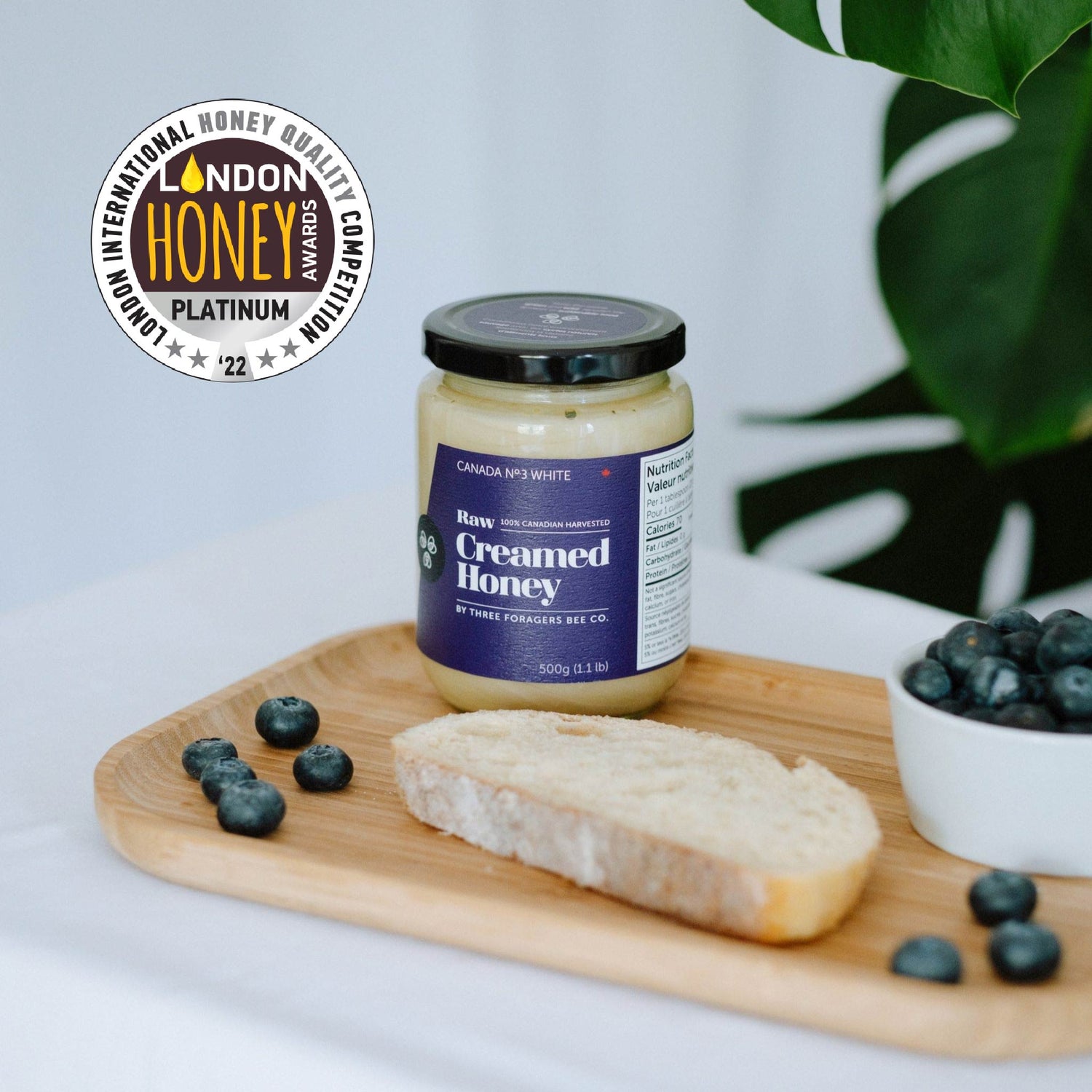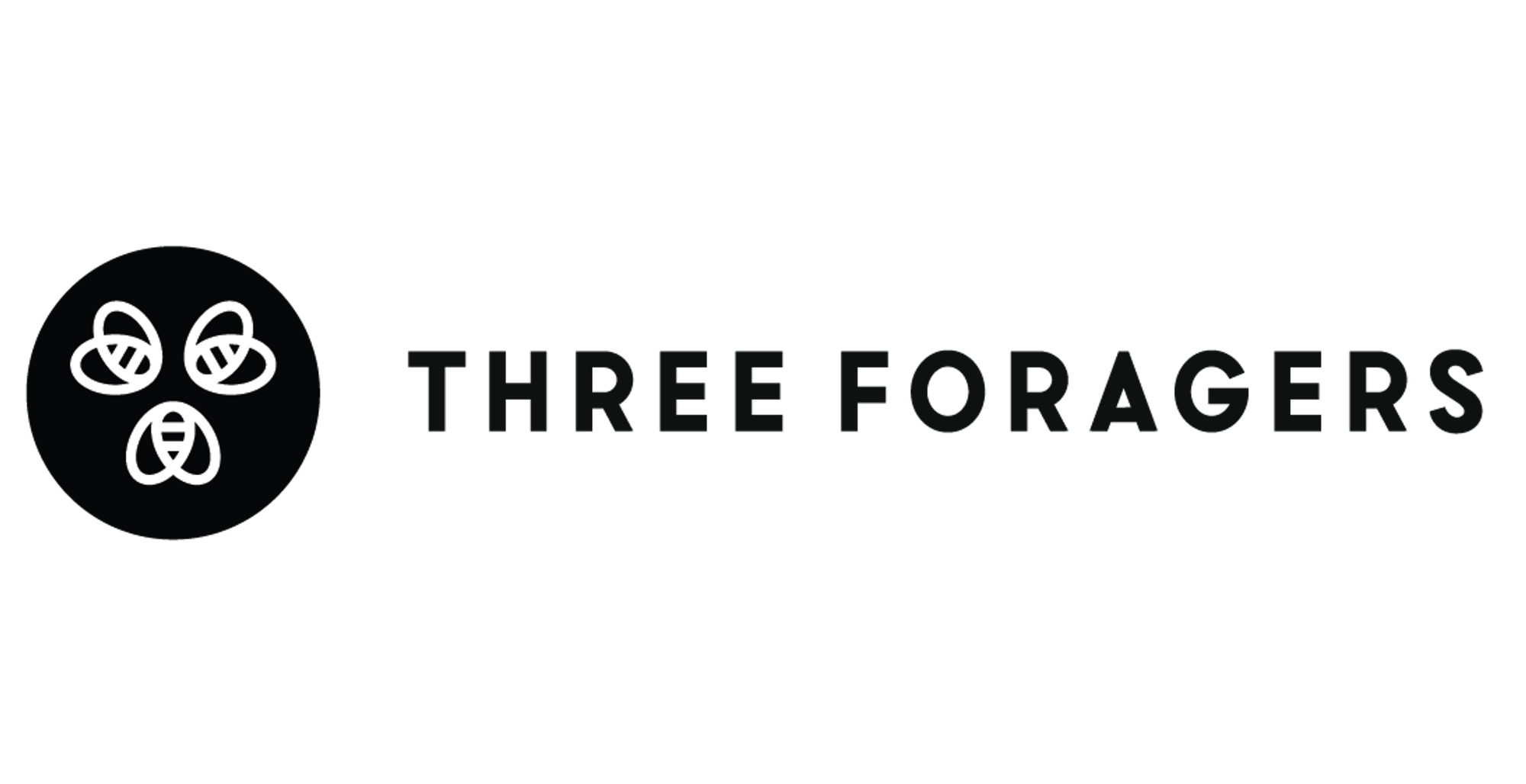What a year it’s been for our honey farm!
Spring is right around the corner, and with it comes blooming flowers, wonderful weather, and the return of our favourite critter, the honey bee. The weather on Vancouver Island this week has been beautiful, the aconites are blooming and our bees are out searching for whatever nectar and pollen they can find.Before we know it, our honey farm in Saskatoon will be buzzing with hundreds of thousands of these bees, hard at work creating delicious raw honey. But, while our bees are the main inhabitants of our farm, we also get visited by an assortment of wasps, hornets, and other insects.
What’s the difference you ask? They are all the same colour, fly around looking for people to sting, right? Wrong! Those are misconceptions similar to the raw honey production myths we debunked a couple months ago. There are many distinguishing characteristics between these insects. Here’s how to tell them apart.
Honey Bee
Few types of bees can be domesticated and even less produce honey. The honey bee, also known as Apis mellifera, does both! They are furry, light brown in colour and are about 15 mm long. The bees also have striations around their bodies that look like rings. They are relatively docile as long as they don’t feel threatened. Stinging is left as a last resort as the honey bee will likely die afterward. The insects are very social. Living in swarms from 20,000 to 100,000 strong, they can produce up to 300 lbs of honey a year.
Honey bee in the middle of a flower.
Visiting hundreds of flowers on each trip, they are a vital part of our ecosystem as they help pollinate plants. Thanks to them, we are able to share amazing raw and creamed honey with all of you!
Wasps
Just like there are many different types of bees, there are also many kinds of wasps. It might be surprising to learn that contrary to their honey bee counterparts, the majority of wasp species are actually solitary creatures. Flying and living solo.
Common wasp (Vespula vulgaris) close-up.
The common wasp (Vespula vulgaris) lives in small colonies, typically less than 100 will live together. They live in very recognizable paper-like hives, which the queen makes by chewing up bits of wood. Similar in size to the honey bee, you can recognize a common wasp by its brightly coloured yellow and black bands down its body and an obvious waist between its thorax and abdomen. Wasps are able to sting multiple times, so approach with caution! They can be more aggressive than honey bees and will protect their nest if threatened.
Common wasps get a bad rap, but they actually benefit the environment by helping with pollination and controlling pests that would normally feed on our crops and gardens.
Hornets
Hornets are actually a type of wasp! They have very similar characteristics, but a few classifying features let us differentiate them from our common wasp. In North America, a familiar type of hornet is the European hornet, scientifically known as Vespa crabro. European hornets are larger than a common wasp, reaching up to 25 mm in length, and have a brown/reddish tinge on their bodies. They still have striped bodies and live in paper hives, but their colonies can be much larger in size.
Close-up of a hornet.
Hornets can be aggressive and will sting if provoked. Their diet consists mostly of larger insects like beetles, moths, and even other wasps but they also enjoy a sweet sugary fruit.
Our honey farm is visited by lots of insects every year, and we are always excited to talk about wildlife with our visitors and customers. We love nature and do everything we can to harvest our raw honey in a sustainable way so we can all live greener, healthier lives. If you want to learn more about honey bees and sustainable farming, follow us on Instagram and Facebook where we post weekly trivia questions and fun facts.


